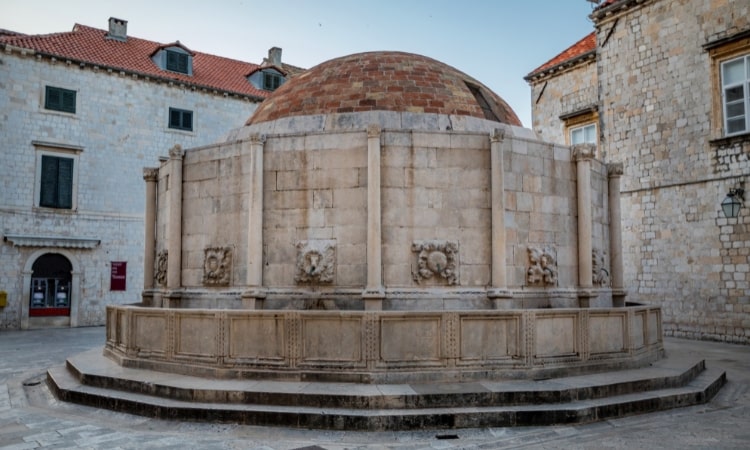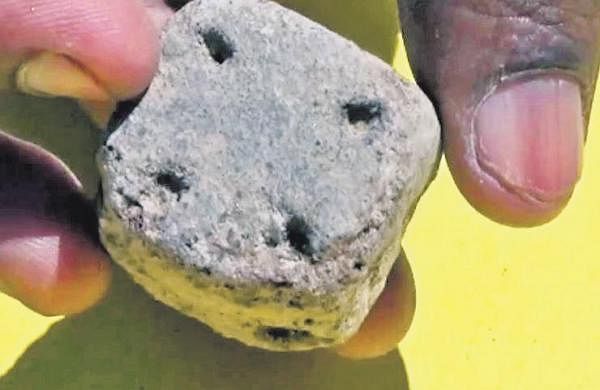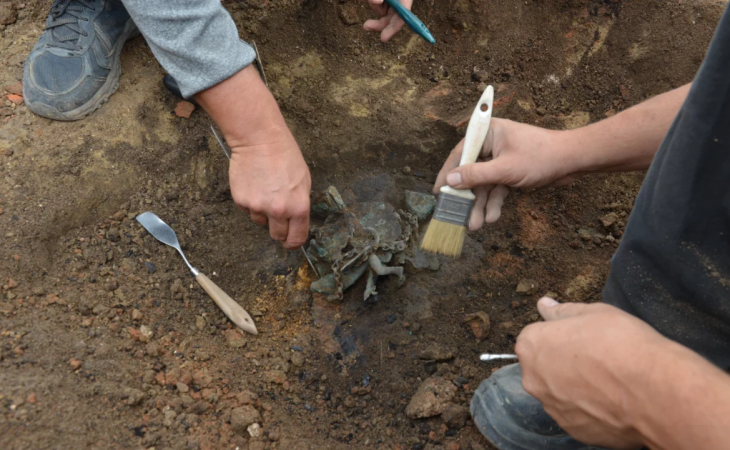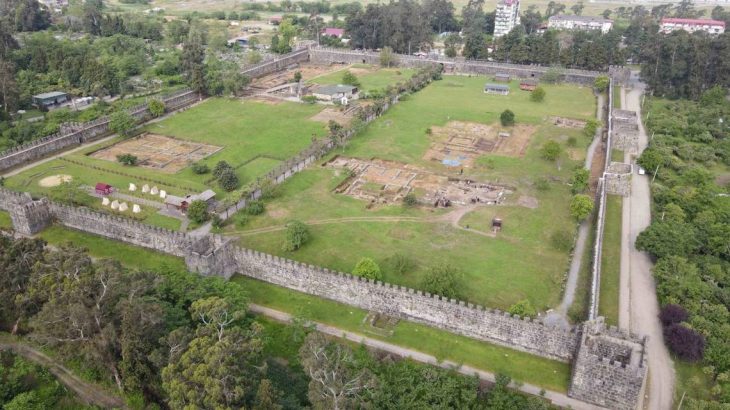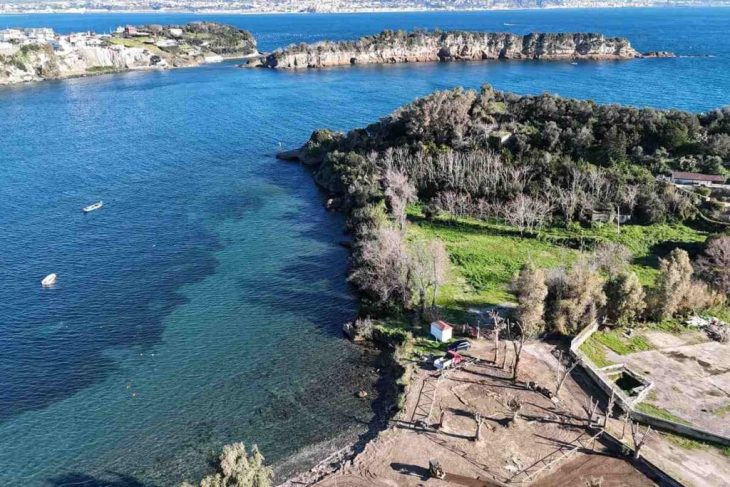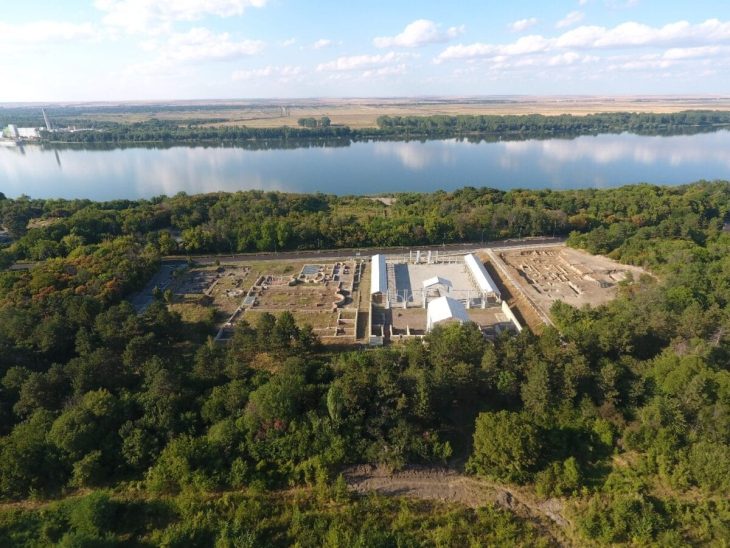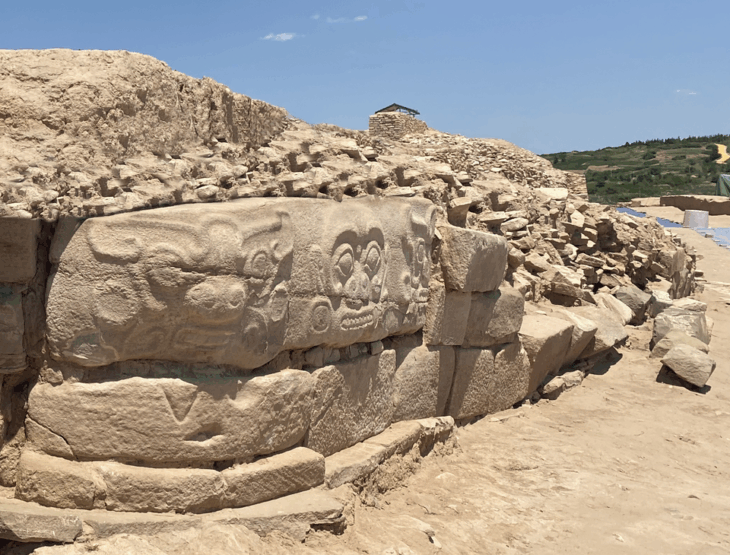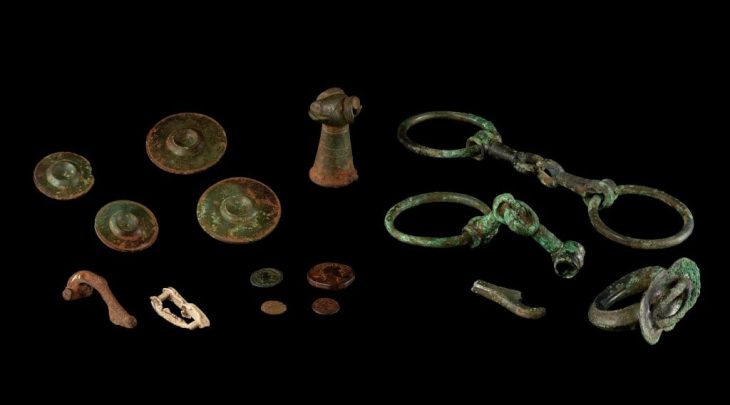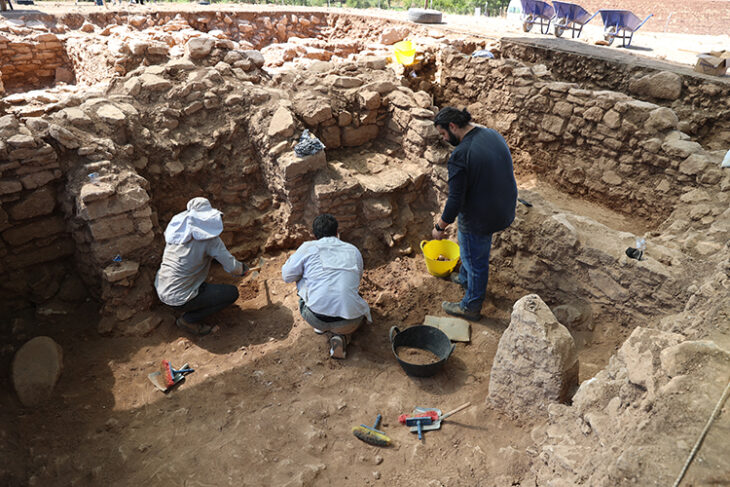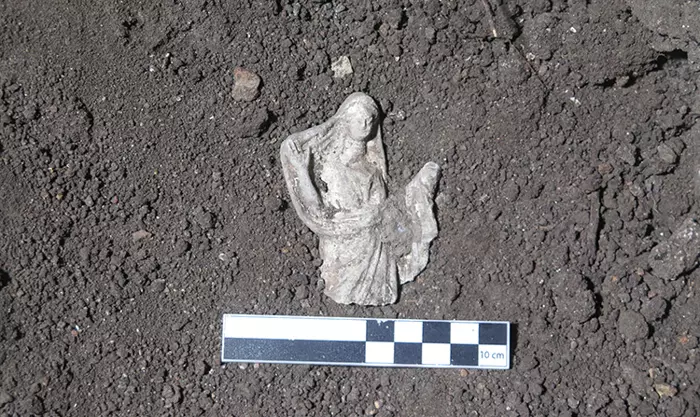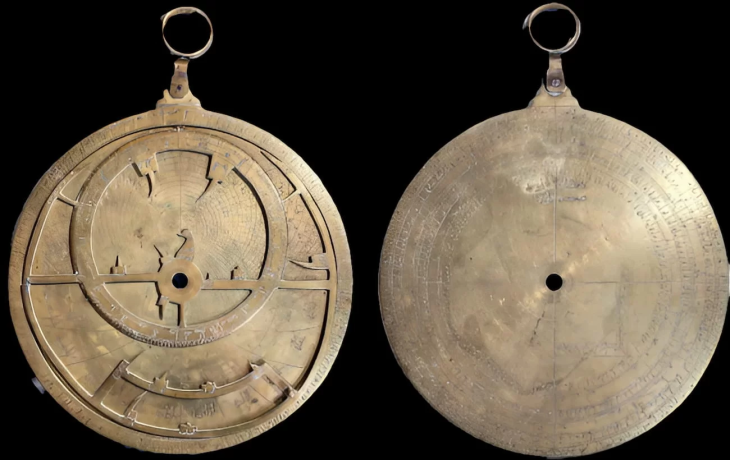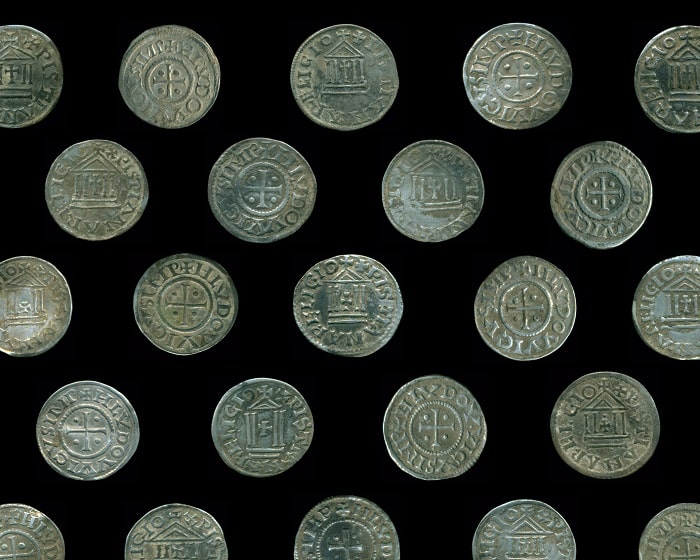An island-speckled coastline and ancient walled towns place Croatia among the world’s best-beauty cities. But there’s even more to this authentic country just begging to be explored: Unique finds.
Archaeological discoveries were made while renovating the stone pavement surrounding the sizable Onofrio’s Fountain in the center of Dubrovnik’s historic district. These discoveries included the remnants of a sizable city cistern that is thought to have been there since the 14th century before the water supply system was built.
One of the iconic landmarks of the city of Dubrovnik, the Great Onofrio’s Fountain was built in 1438 and brought water to the city from a series of springs 12 kilometers away. It was designed by the Italian Onofrio della Cava.
Originally adorned with sculptures, the fountain was severely damaged in the 1667 earthquake, leaving only 16 carved masks with their mouths dribbling drinkable water into a drainage pool still visible.
Although it was known from archival documents, the cistern was not documented during previous works at this location. Just 30 centimeters below the stone pavement, the vault of a large city cistern was found, reports HRT.
📣 Our WhatsApp channel is now LIVE! Stay up-to-date with the latest news and updates, just click here to follow us on WhatsApp and never miss a thing!!
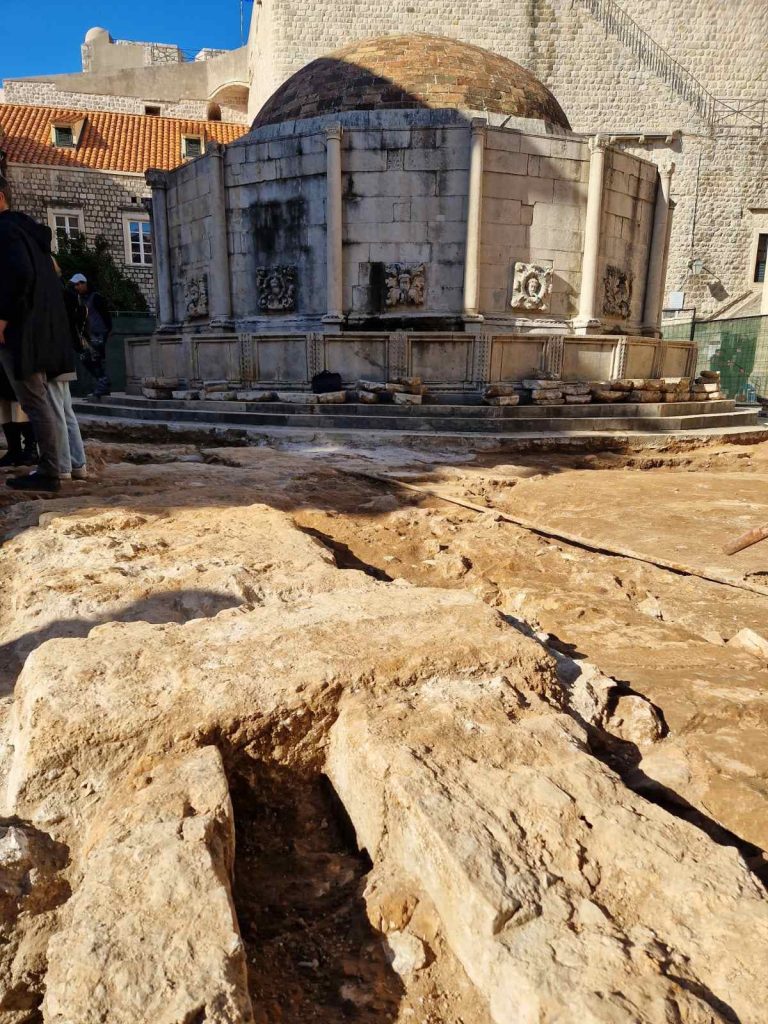
“The first preserved information about the existence of a public cistern here dates from the late 14th century. It is also known that it came under the jurisdiction of the St. Clare monastery at the end of the 15th century and was even completely renovated on this occasion,” said Nela Kovačević Bokarica, archaeological supervisor.
Until now, the city cistern, which preceded the Dubrovnik aqueduct, was only known from archival documents. It was a public cistern. The surface extends further south and east of this site, and it is presumed to be about 5 meters deep.
Considering the location of the works, the archaeological findings were expected, so there will be no breach of the deadlines for the completion of the works.
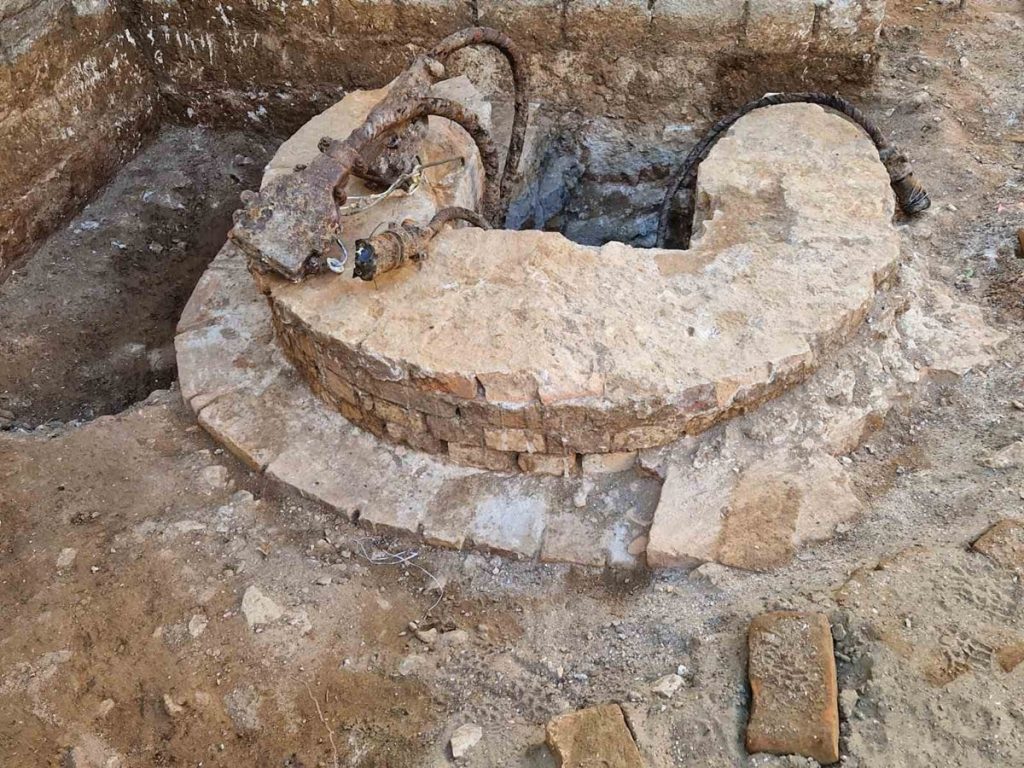
“We are currently working on changing the project design precisely because of such shallow finds in terms of the thickness of the layers that need to be beneath the new pavement to ensure its stability and durability,” stated Mihaela Skurić, director of the Dubrovnik Restoration Institute.
The old cistern will be covered and protected with geotextile before the stone pavement is reinstalled. This discovery is yet another confirmation of Dubrovnik’s rich history and social organization.

